The business of fashion has significantly changed over the past two decades. With today’s consumer pulling inspiration from multiple sources via social media and other digital platforms, they no longer feel the need to rely on fashion designers to tell them what is cool and new. Designer-centered business models transformed with the rise of fast-fashion, where many companies refocused design management and product development processes. The industry is in a renaissance period since our connectivity has pulled back the veil on the “secrets” of the fashion industry, revealing many environmental and labor issues within the supply chain. The social age of the internet has contributed to the following:
- Customers are more aware and educated about the fashion system, once only known to those working within the industry.
- Activist movements are making consumers increasingly aware of the environmental impact of fashion.
- Global fashion brands are still learning how to leverage powerful social platforms to tell their brand story.
The Masters of Science in Fashion Design Management program was envisioned to address the fact that students studying fashion design are often not exposed to or aware of the constraints of commercial design. Products must be developed within brand parameters, while also meeting industry timeline and costing constraints. Design is a complex process which is not isolated, but is strongly integrated, giving rise to reimaging of design management and planning. The program is guided by the following principles and will evolve since technological shifts and growing climate concerns will require a new way of thinking about how to bring products to market.
- Product authenticity
- Strategic Branding
- Design Process Innovation
- Process Transparancy
In addition, there is a shift occurring with how products are designed and how business operates, leading to circular design for the circular economy. This emerging new system is a holistic approach to product authenticity, brand strategy, design innovation, and design process transparency. The next generation of fashion design professionals need to re-think the future of fashion and the MS in Fashion Design Management prepares the creative leaders of the future.
About the MS in Fashion Design Management Program
The Masters of Science in Fashion Design Management Program combines the efforts of Thomas Jefferson University and Politecnico di Milan in Italy. Politecnico, established in 1863, is the largest school of architecture, design, and engineering in Italy. Their fashion education is focused on designing within brand parameters versus designing for the individual aesthetic. During the three-semester program, students have the opportunity to study alongside European students at both Thomas Jefferson University and Politecnico’s campuses. All students spend their first semester at their home campus, then travel to Thomas Jefferson University’s East Falls Campus in Philadelphia for their second semester. They all spend their final semester studying at Politecnico and getting acquainted with the Italian luxury market in Milan. At both schools, “students are challenged to transfer theoretical concepts into design experiences,” says professor Chris Baeza. Designers of the future will need to transition into a more sustainable, user-centric fashion system instead of the “product centered” system that has been the standard for so long. Both schools aim to prepare students for managerial roles within the industry by assigning industry-based projects. Industry guest speakers, corporate site visits, market shopping, trend research trips, and trade show visits all contribute to an immersive education experience. Students receive a diverse education through the mentorship of their professors, but also industry experts partnering with the program. The MS in Fashion Design Management is about design as a strategic function and gives new depth to anyone with a bachelors in fashion.
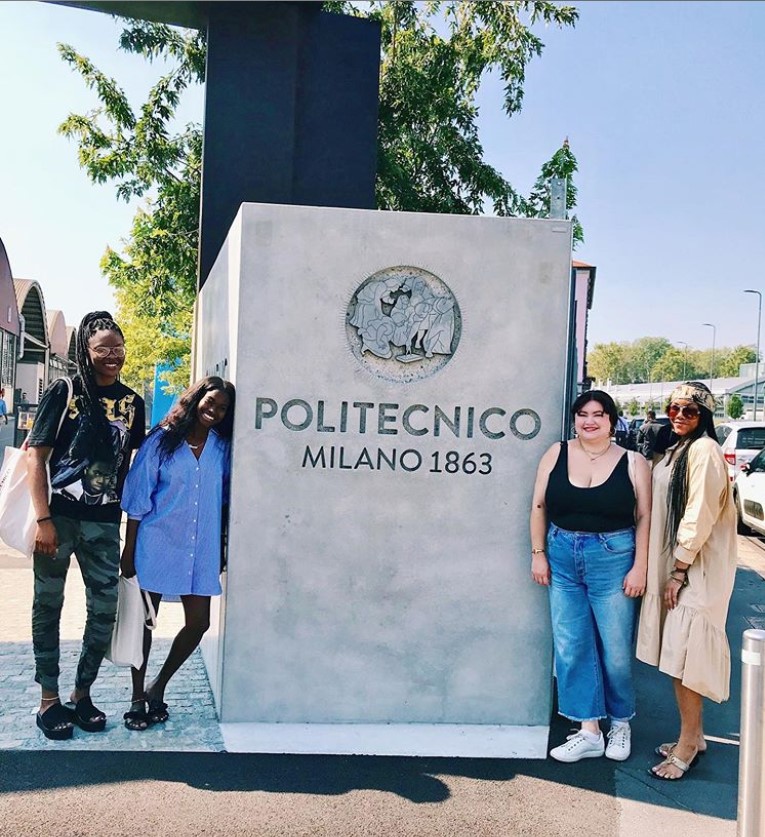
Fashion Design Corporate Structure
During their studies in the program, students learn about the different roles and interactions that make up a fashion design corporate structure. Design, merchandising, production, marketing, and sales all play a part within the product development process. Students learn how all of these roles interact with one another, and how to design within the parameters of a given brand. In the industry today, product design and development exist within a globally structured framework. Individuals in different roles manage product development and production timelines to ensure smooth communication across a globalized sourcing framework. The importance of technology and innovation are also emphasized. Technological advancements help designers to boost brand awareness and overall communication.
Social Media Development
In addition to learning about new technology in the fashion industry, students also study various social media techniques and algorithms to gather quantitative data and establish ways to reach their target customers. “Future leaders in fashion design must be well-versed in the dynamic landscape of social media,” says Chris Baeza, professor of the Social Media Metrics in Design class. Through this class, students receive certifications for the Hootesuite social media management platform, making them eligible for social media marketing jobs in the future. They also complete social media simulations, which provide weekly goals and analytics to measure the success of social strategies. This class also encourages group-work and reflection, giving students the opportunity to learn from the strengths and weaknesses of one another. For their final project in this course, students collaborate in groups to identify a fashion company and evaluate how the brand could expand their reach through social media initiatives. Using data derived from these social platforms, along with brand direction as communicated by individuals at the chosen company, students in the Social Media Metrics in Design class redesign the brand’s social media image. Students use the analytical tools taught in this class to pitch new social media initiatives directed at increasing brand awareness and sales.
Creative Direction and Brand Messaging
After learning about the different roles within the fashion industry, students learn how to effectively communicate brand messaging. In addition to narrating their own brand messaging, students must research concept messaging behind pre-existing brands by studying both product offerings and brand direction. Acting as creative directors, students identify white spaces within existing brand product campaigns. After identifying areas of opportunity, students design into those spaces to demonstrate how brands can diversify and expand product offerings. Looking into the inner structures of brands helps dictate the amount of flexibility in costing, marketing, production, and merchandising.
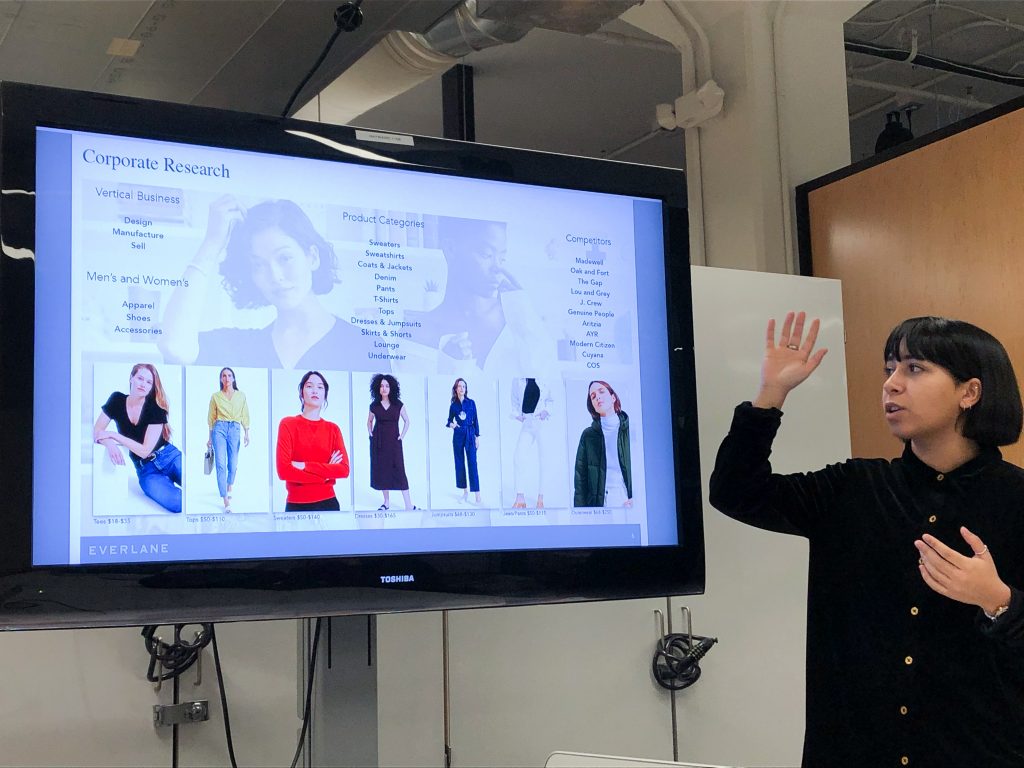
Industry Engagement
Industry expert guest lecturers and on-site industry field trips provide students with real-world examples of strategic design processes at work. Students at Thomas Jefferson University in the 2019 fall semester attended lectures from three industry professionals that work in different sectors of the fashion design industry. Alumna Brittany Decolli revisited campus to talk about her role on the Product Development team at Coach and how costing strategies play a big role in creating product. Coral Heffron-Neuhold, another Fashion Design alumna, spoke to students about her role as a print concept designer at Anthropologie and how her fashion design background helps her envision and develop print concepts. Finally, Galina Gevorkyan, a Senior Manager of Technical Design at Carlisle Etcetera LLC, educated students on her technical design background, the interaction between design and technical design roles, and how the unique business model at Carlisle affects product development. In Milan, students interacted with ACBC, a brand centered on sustainable design. Through interchanging the skins of the shoes with the same sole, ACBC gives customers the opportunity to customize their shoe while also considering the impact of products on the environment. By speaking first-hand with professionals all over the fashion industry, especially some recent alumni, students develop a bigger picture of the realities of the fashion industry and can start to envision themselves in different roles.

Multidisciplinary Education
Unlike traditional design education, the MS in Fashion Design Management program aims to develop students with a well-rounded fashion education supported by real-life experience and problem-solving. While in Milan, students gain insights into the Italian fashion industry as well as have the opportunity to see up close how the Italian luxury market operates. The interdisciplinary approach to learning, alongside collaborative projects, help students to recognize their own strengths and use those to their advantage. Outside of research, design processes, and principles, students learn to execute tech packs, sample prototype development, fit approvals, and costing processes. Additionally, they also learn about social media metrics and different marketing techniques. With all these skills now in play, students recognize what goes into a brand narrative and how to build one for themselves.
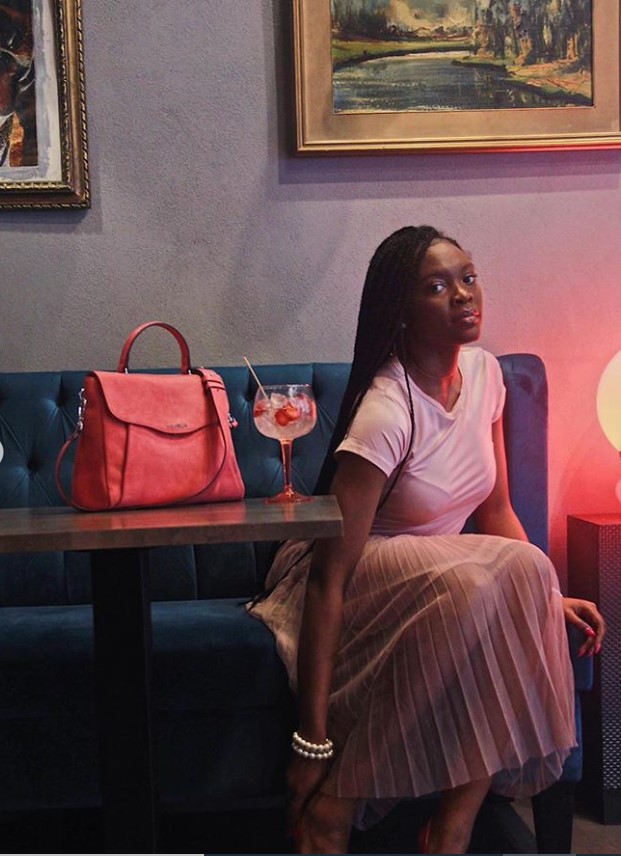
Goals and Outcomes
At the end of their studies, students will have a complete understanding of where design and business intersect to create strategically designed product.


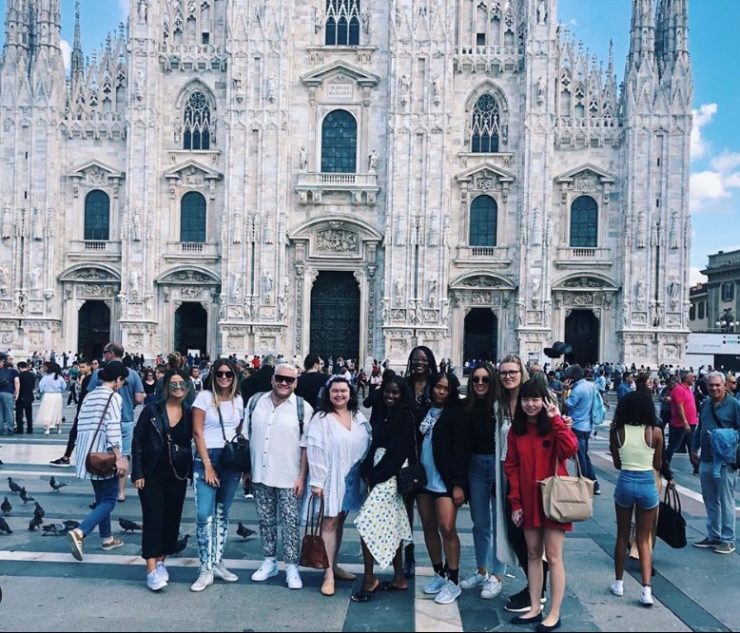
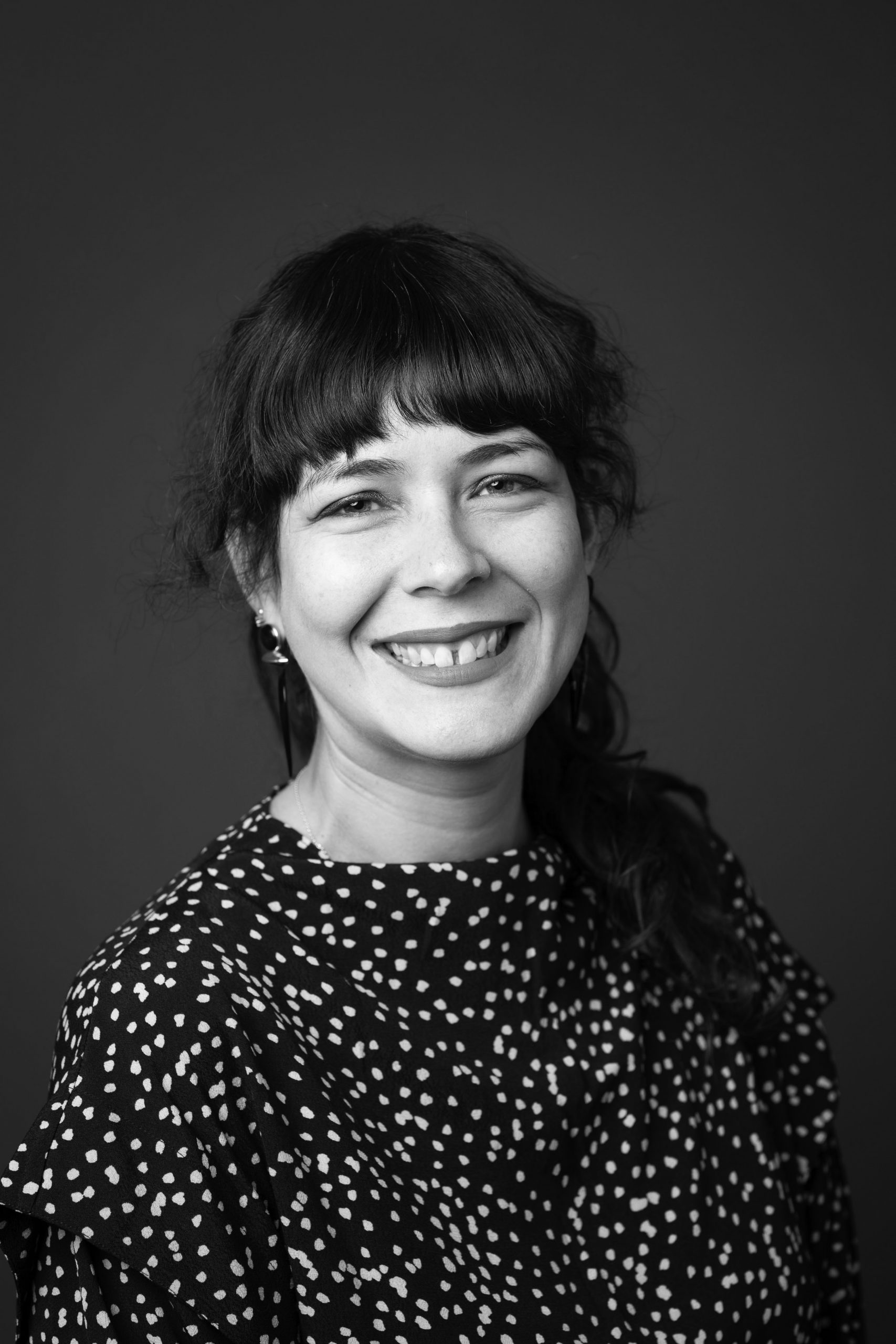


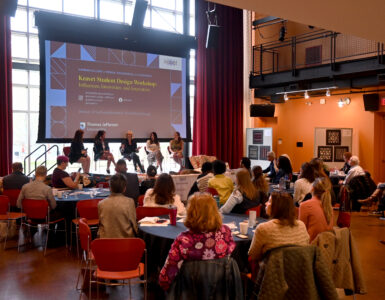


Add comment